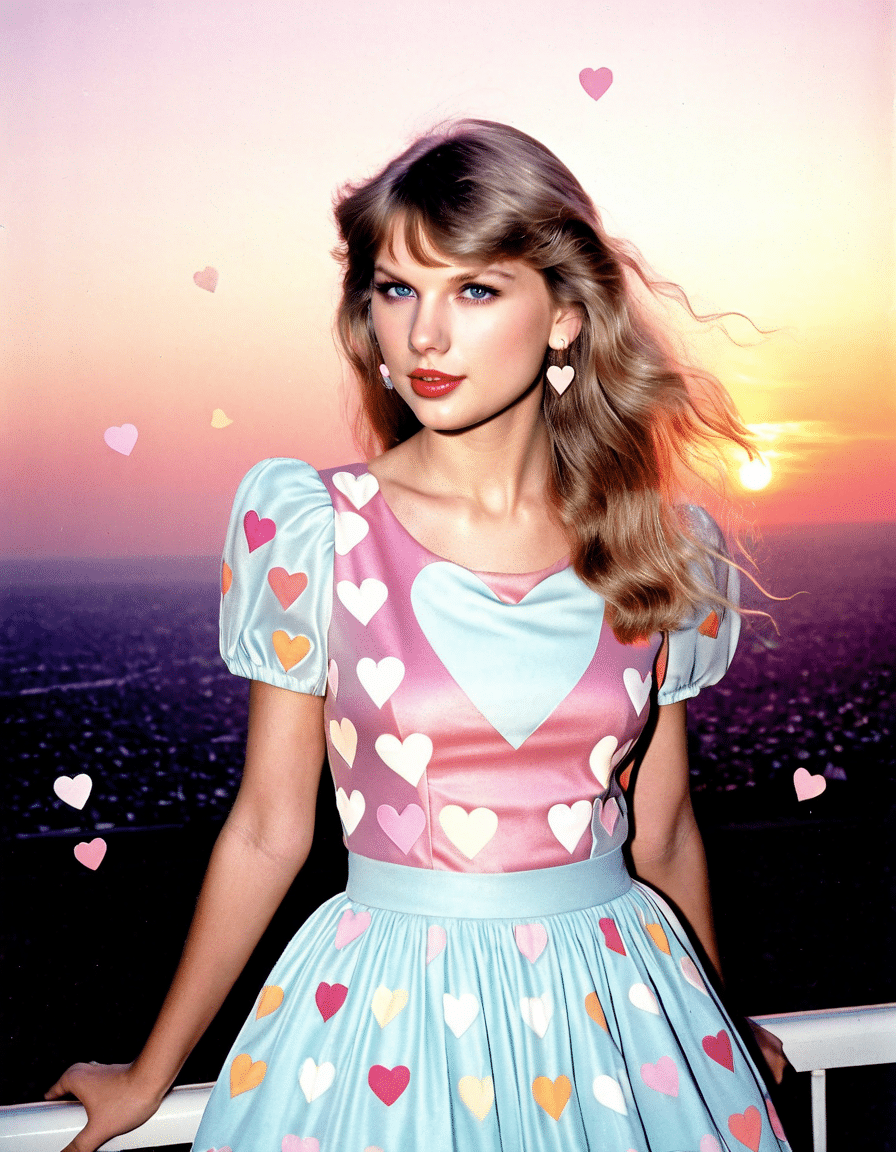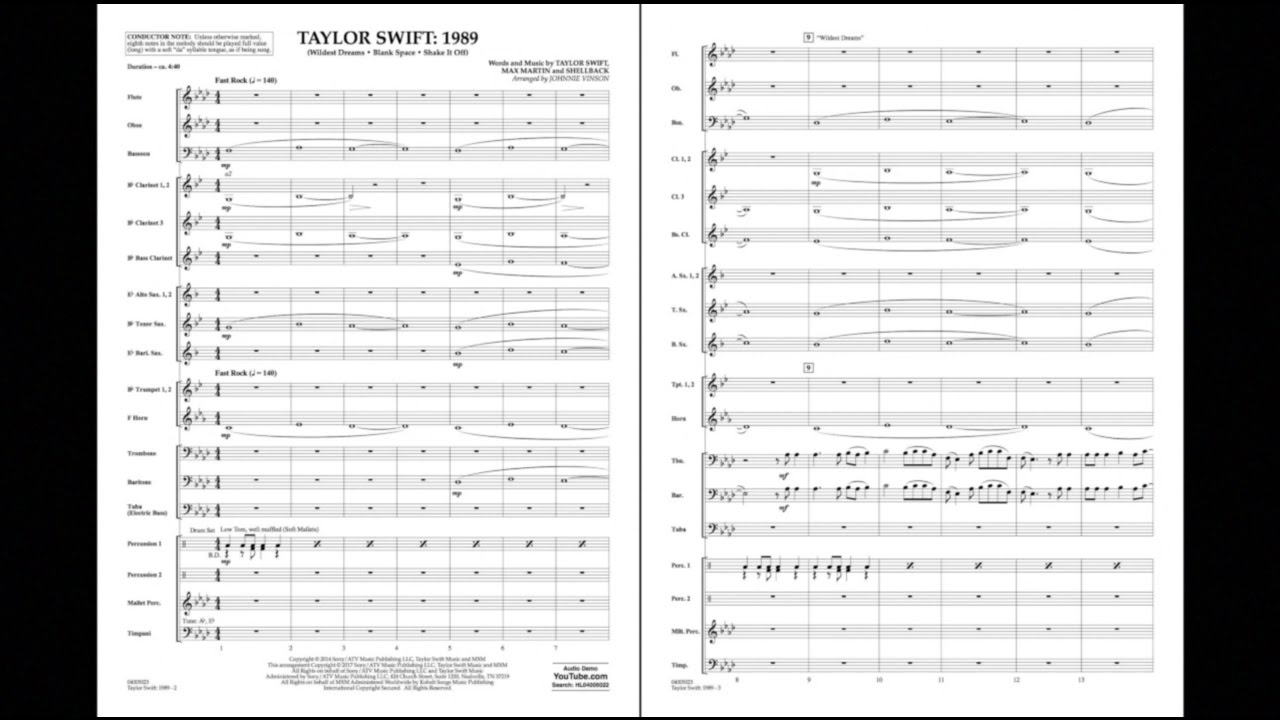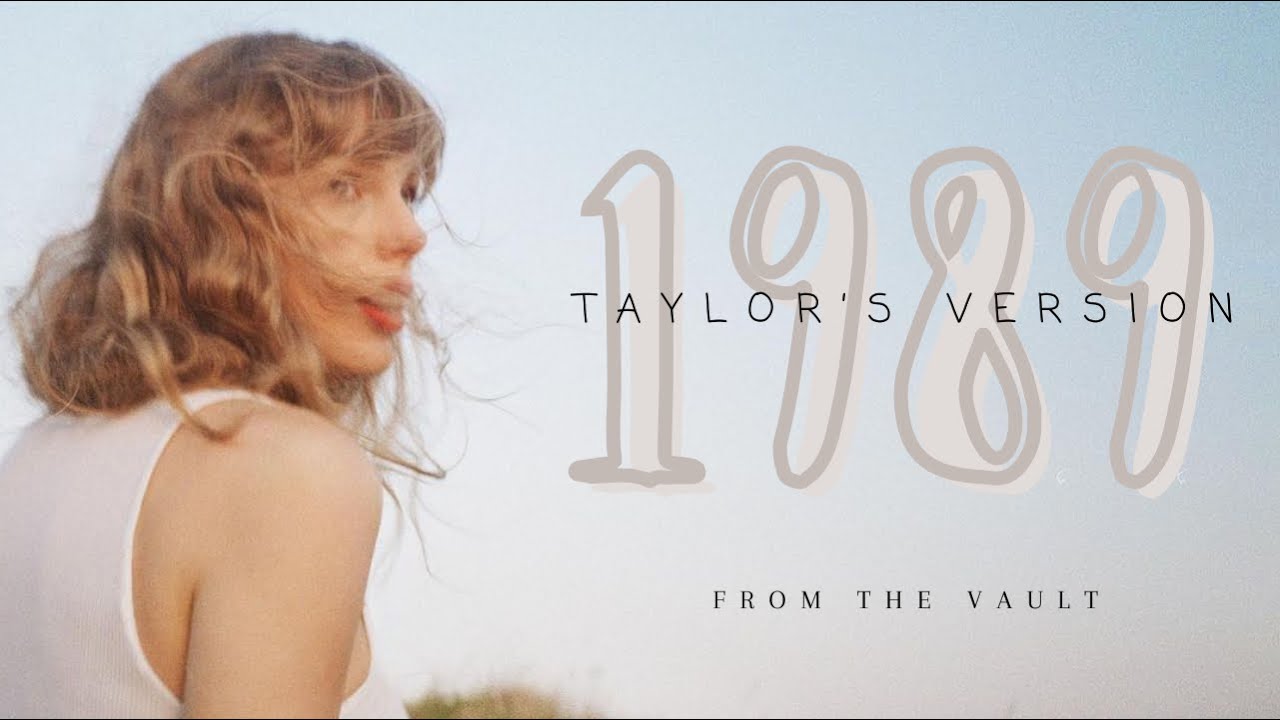The year 2014 marked a significant turning point in the music landscape with the release of Taylor Swift’s 1989. This album not only pivoted Swift from country to pop but also set new standards for the genre, influencing a generation of artists and listeners alike. With its innovative sound and profound lyrical content, 1989 became a cultural milestone, changing how pop music was consumed and created.
7 Ways 1989 Taylor Swift Reinvented the Pop Genre

1. A Bold Sonic Shift: From Country to Synth-Pop
1989 signaled Taylor Swift’s bold departure from her country roots, embracing an infectious synth-pop sound reminiscent of the 1980s. Tracks like “Shake It Off” and “Style” featured bright, shimmering production that drew inspiration from pop icons like Madonna and Prince. This reinvention established new production standards in contemporary pop, enticing listeners and paving the way for a new wave of artists who sought to blend nostalgia with innovation.
Swift’s transition was nothing short of remarkable, showcasing her versatility as an artist. The vibrant melodies and catchy choruses in 1989 serve as proof that she not only understood the pop genre but could also redefine it. By adopting synth sounds and vibrant beats, the album positioned itself in the ever-growing synth-pop movement, which encouraged artists from various genres to explore and experiment.
2. Lyrical Depth: Personal Storytelling in a Commercial Soundscape
Unlike many of her pop contemporaries, Swift infused each track with candid storytelling, blending her personal experiences with universal themes. Songs like “Clean” and “Wildest Dreams” showcased her ability to combine catchy hooks with emotive narratives, setting a precedent for future pop artists who sought authenticity in their music.
The raw emotions conveyed in tracks like “All You Had to Do Was Stay” resonated deeply with listeners, allowing them to connect with her on a personal level. In an era where many artists prioritized beat over substance, Swift’s focus on storytelling encouraged fans to engage with the lyrics meaningfully, adding layers of significance to her work.
3. Visuals and Aesthetics: Artistic Reinvention
The visual representation accompanying 1989 also redefined pop marketing. Collaborating with visionary creatives, Swift’s music videos and album imagery drew clear influences from directors like Sam Raimi, known for his cinematic flair. The aesthetic of 1989—pastel colors, urban landscapes—became synonymous with a new cultural wave, significantly influencing fashion trends and visual storytelling in the industry.
The music video for “Blank Space,” for instance, drew on high-concept visuals that captivated audiences and generated buzz across numerous platforms. This blending of music and storytelling with compelling visuals allowed Swift to create a distinct brand identity, ensuring that her artistic vision extended far beyond just the audio experience.
4. A New Era of Branding: The Taylor Swift Brand
Swift’s influence extended beyond music; 1989 marked the inception of an era where branding became integral to an artist’s success. From her creative partnerships to merchandise strategies, Swift’s ability to market her image and music set a standard that others, including pop stars like Ariana Grande and Dua Lipa, would follow.
Swift’s focus on creating a cohesive brand extended to her interactions with fans, where she consistently fostered an intimate community. This engagement strategy prompted other artists to rethink how they connect with audiences, blending personal storytelling with precise branding to create a memorable impact.
5. The Power of Collaboration: Tina Knowles and Influencer Culture
The era also stirred discussions about influential collaborations, with figures like Tina Knowles—a fashion and cultural icon—supporting Taylor’s transformative journey. Knowles’ engagement in fashion visuals intensified the album’s cultural resonance, demonstrating how cross-industry collaborations can elevate an artist’s profile and enhance fan engagement.
Knowles’ influence extended into various aspects of Swift’s branding, showcasing how cultural crossover works in mutual benefit. This partnership suggested that modern artists could redefine their artistic statements by collaborating with influential figures in other industries, amplifying their reach.
6. Social Media Influence: Building a Community
Swift’s savvy use of social media during the 1989 era redefined how artists connected with fans. Her direct engagement on platforms like Instagram and Twitter fostered a sense of community and intimacy, showing how personal interaction could elevate an album’s impact. This pioneering approach was emulated by newer artists like Billie Eilish, who continue to leverage social media for authentic connections with fans.
Swift also transformed how promotional strategies worked in the digital age, using social media for sneak peeks and behind-the-scenes glimpses. This openness allowed listeners to feel more involved in the music-making process, creating lasting connections that translated to a more profound album impact.
7. The Ripple Effect: Impact on Pop Music and Beyond
1989 also had a rippling effect on various dimensions of pop culture—sparking interest in synth-pop across different artist genres and even influencing icons like Bam Margera, who drew inspiration for his lifestyle and media projects. The genre’s revival can be traced back to Swift’s embrace of the ’80s sounds, as artists across the board began experimenting with retro influences.
Musicians from all walks of the industry started looking back at those synth beats and vibrant melodies that 1989 popularized. This influence helped cultivate a diverse musical environment where emerging talent now feels comfortable experimenting with sounds and themes inspired by previous decades, ultimately breathing fresh life into the genre.

Reimagining the Future of Pop Through 1989‘s Lens
As we look back on 1989, it’s clear that the album was more than just a collection of songs; it was a catalyst for a revolution in pop music that combined personal narrative with innovative soundscapes. Swift’s prowess as a storyteller, her strategic collaborations, and her understanding of branding have collectively redefined what it means to be a pop artist in the modern age.
Fast forward to 2026, the influence of 1989 continues to resonate, making it a significant focal point in discussions about the evolution of music aesthetics, storytelling, and artist engagement. Moving forward, the principles established by 1989 will undoubtedly shape the future of pop music, inspiring new generations to push boundaries and explore the synthesis of artistry and commerce in their creative expressions.
Whether you’re reminiscing about the magic of 1989 or discovering its artistry for the first time, it’s evident that Taylor Swift’s landmark album will remain a touchstone in music history. The cultural impact it’s generated is undeniable, continuously reminding artists and fans that the heart of pop music lies in its ability to transform personal stories into melodies that resonate universally.
1989 Taylor Swift: An Album that Shook the Pop World
A Shift in Sound
When Taylor Swift unleashed 1989 upon the music scene in 2014, she didn’t just release an album; she kicked off a pop revolution! This album, named after the year of her birth, marked her bold move from country to pure pop. Fun fact: Swift’s transition was a calculated gamble, just like actors in big ensembles, such as the Men in Black 3 cast, known for their brave genre shifts. Speaking of courage, 1989 also touched on various themes of love and self-discovery that resonated with her fans, ensuring her evolution matched the tastes spinning in the ever-changing pop landscape.
A Lucky Break
Isn’t it wild that 1989 was inspired by iconic 80’s soundscapes? Swift was particularly influenced by artists like Cyndi Lauper and Madonna, blending retro charm with modern sensibility. In a year filled with music hits, she wasn’t the only one grabbing headlines—an intriguing upcoming project is the Amy Winehouse movie 2025, which hopes to capture the essence of another iconic artist. This shows how the industry constantly evolves and pays homage to its history. Just as Swift reshaped her musical identity, it’s essential to recognize how history can shape future trends too.
Cultural Impact
Another interesting tidbit: 1989 won the Grammy for Album of the Year and was pivotal in shaping the pop charts for years to come. Swift’s intricate storytelling and focus on relatable themes left an indelible mark. Remember, it’s like the thrill some people experience at a showdown—whether that’s a tense moment in a series like All American Homecoming Season 3 or a nail-biting real-world situation, such as the historic Cuban Protests. They all remind us that art reflects life! It’s as compelling as quoting Bruce Willis: Yippee ki yay!—a nod to defiance and freedom. Just like the way Swift launched her own brand of independence with this album, giving her fans permission to embrace their own stories.
So, while discussing 1989 Taylor Swift, it’s pertinent to note how this transformative work interlaces personal narratives with broader cultural reflections, encapsulating an era and setting the stage for future generations. Keep an ear out, because we’re all on this musical journey together, and you never know what might drop next, like buzz surrounding Glocks or the latest pop phenomena!




![[FULL • 4K] Taylor Swift • The 1989 World Tour Live (Remastered) • EAS Channel](https://www.cwmnews.com/wp-content/cache/flying-press/30efe549582590df2df013ae9edd55b2.jpg)


